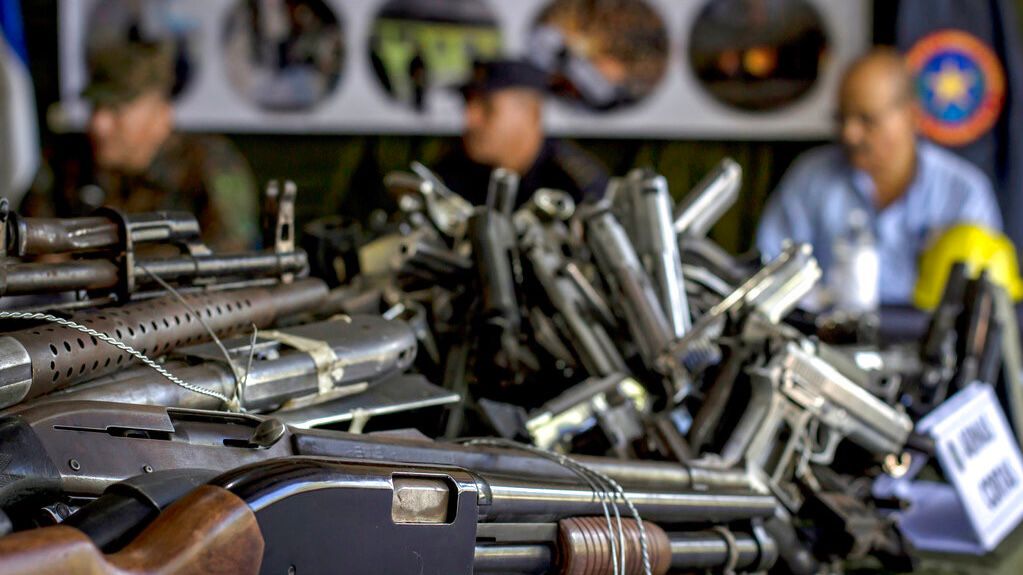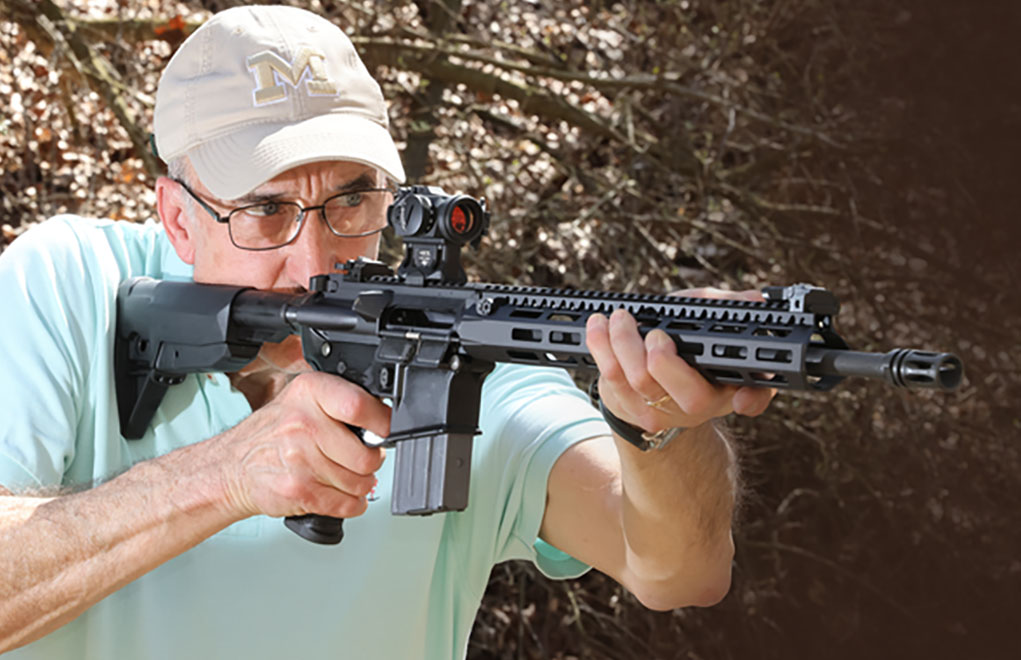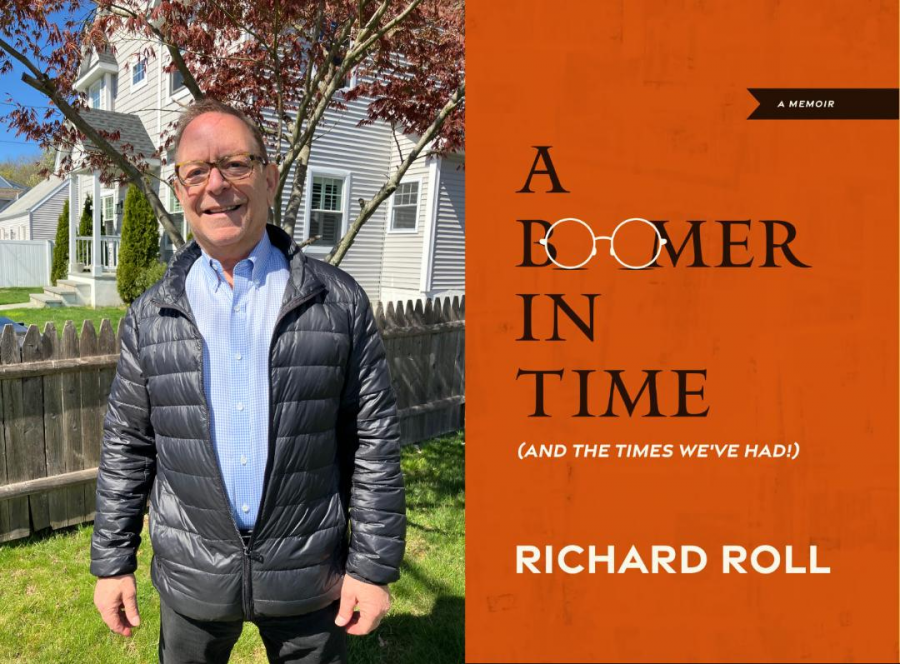In declaring this summer that New York’s strict rules for granting concealed carry permits to gun owners violated the Second and 14th Amendments, the U.S. Supreme Court has compounded the error of its 2008 decision in District of Columbia v. Heller holding that possession of a handgun in the home was constitutionally protected.
The Second Amendment provides: “A well regulated militia, being necessary to the security of a free state, the right of the people to keep and bear arms, shall not be infringed.”
Adopted in 1791, the first 10 amendments to the Constitution, commonly known as the Bill of Rights, imposed restraints on the power of the federal government. The Second Amendment arose in large part from the founders’ fear of a professional standing army as a potential threat to the Republic and its preference for state militias, citizen armies, for national defense as needed from time to time. Under the Militia Act of 1792, all able-bodied white males, age 16 to 45, were deemed subject to state militia service and were required to “bear” their own “arms” (e.g., muskets), equipment and supplies for such service. Lexington and Concord were fresh memories for the founders where the British army attempted to seize the powder, ammunition and “arms” of the Massachusetts militia. Like the Third Amendment restricting quartering of soldiers in private houses, the Second Amendment was thus borne of abuses by the British monarch and army in the lead-up to the Revolutionary War and assured that the state militias would always have access to armed men.
In the 1970s, law review articles began to appear expounding a newfound “individual right” to possess a firearm under the Second Amendment, a view at odds with all prior Second Amendment jurisprudence and historical genesis. Funds flowed freely underwriting these articles, much from the National Rifle Association. In 1991, this fusillade of Second Amendment scholarship and pseudo-scholarship prompted then-retired Supreme Court Chief Justice Warren Burger to decry the gun lobby’s interpretation of an unfettered right to a gun as a “fraud” on the American people.
In Heller, the Supreme Court, applying textualism and originalism analysis, placed its imprimatur on the individual rights model and mistakenly construed the Second Amendment, borne of Lexington and Concord and fear of standing armies, as conferring an individual right to possess a handgun in the home for self-defense.
In this summer’s case, New York State Rifle & Pistol Association v. Bruen, the court now compounds that error by striking a New York law regulating public carry of a handgun, declaring a constitutional right to carry a handgun publicly for self-defense. Those states and localities, in the interest of deterring gun violence, wishing to ban or strictly limit handguns in the public arena (with as yet unenumerated exceptions), are now foreclosed. Handguns, open carry or concealed, will in all probability proliferate in public places to the undeniable detriment of public health and safety.
The Supreme Court is “supreme” only because it is final and has the last word in any judicial proceeding, not because it is always right, and it rarely corrects its own mistakes. After the heinous massacre of innocents at Sandy Hook Elementary School, then-retired Supreme Court Justice John Paul Stevens called for outright repeal of the Second Amendment, freeing the states and the federal government, if so inclined, to regulate gun safety unfettered by constitutional error. And, after all, it must be noted that the “militia” mentioned in the Constitution has, through a series of acts and amendments, evolved into the modern-day National Guard, organized, supplied and “armed” by the government. In other words, no one any longer brings their own musket to “militia” service. The Second Amendment has in actuality been supplanted as obsolete.
While there is a constitutional remedy, as advanced by Stevens, to overrule an erroneous Supreme Court constitutional decision, it is cumbersome and infrequently invoked. Historically, the states and the federal government have sought legislative end-arounds when inclined. Even under Heller and Bruen, there are a number permissible if there is public and legislative will. These might include bans on assault rifles, military-style automatic weapons, high-capacity magazines and body armor; and weapons buybacks, red flag laws, expanded background checks, licensing of all handguns and non-sporting long guns, mandatory gun safety education for licensing, reasonable restrictions on public carry and even liability insurance.
Given the interstate nature of gun violence and trafficking, federal legislation would be preferable but, lacking that, the states could act.
Some 350 million guns in circulation in American society is too many and undeniably means more gun violence. Recent gun safety legislation at the federal level is a step forward but more needs to be done to secure our communities, workplaces, schools, places of worship and public venues. Gun violence should be recognized for the public health and safety emergency that it is. “We the People” ought not to have to live in fear.
Edward A. Sheridan is a retired judge of the New York state Court of Claims and Supreme Court. He resides in Voorheesville and Vero Beach, Fla.
















